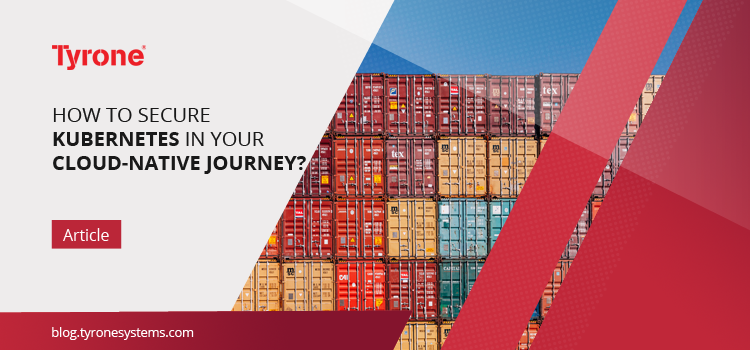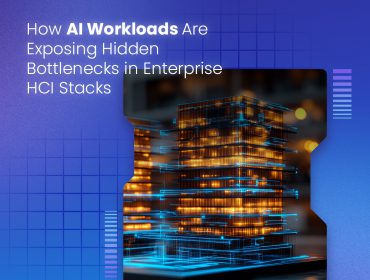What is Cloud-native?
In the recent past, most companies have moved their back end to cloud-based storage and usage. The growth of the dependency on cloud infrastructure has led to new ventures that use commercial applications built on the cloud. Cloud-Native computing is a type of software development that uses cloud computing to construct accessible applications.
Cloud computing was devised by the company Netflix a decade ago, they use cloud and computing technologies to execute their business. This leap in technology and constant evolution has now made the number 1 company for the on-demand content delivery network.
Cloud-native journey
Your cloud-native journey boils down to three major aspects that need to be addressed:
Infrastructure of the Could Native: Infrastructure is the software and hardware that constitute an application. This includes data centres, operating systems, deployment pipelines, configuration management, and any system or software needed to support the life cycle of applications. Cloud-native infrastructure in a mandatory requirement for cloud-native applications to run efficiently. If the practices to sustain these infrastructures are not in place, the cloud-native applications can waste away.
Platform to run the Cloud Native: In the recent past, Kubernetes has become a go-to platform to run containerized microservices.
What is Kubernetes and how do they work?
Kubernetes is currently the highest velocity open-source software that allows to implement and oversee containerized microservices and applications. It runs by managing a cluster of compute instances and organizing containers to run on the cluster based on the obtainable compute resources and the resource requirements of each container. Containers are generally executed in logical groupings called pods. You can run and scale one or many containers together as a pod.
Kubernetes control plane software determines when and where to run these pods, manages all the traffic routing, and scales the pods based on utilization or other metrics that are defined by you. Kubernetes automatically starts these pods on your cluster based on their resource constraints and necessarily restarts pods if they or the instances they are running on fail.
As Kubernetes is an open-source project, it can be used it to run containerized applications anywhere and anytime without needing to change the operational tooling. Kubernetes is maintained by a large community of volunteers and is always expanding and getting better. Additionally, many other open-source projects and vendors have built and maintained a Kubernetes-compatible software that can be used to improve and extend your application architecture.
Kubernetes in your cloud-native journey
In this day and age, all companies need to fasten their software releases and updates with absolute excellence for continued consumer consumption. Using the cloud-native methodology ensures the company achieves this goal. This also gives the company the confidence to release software faster with the expected standard of quality. The evolution of open source software like Kubernetes has helped these companies utilize the power of cloud-native services such as microservices, etc effectively for increased customer experience and retention.
Let us tell you more about how Tyrone Container Platform can save your organization time and money while keeping you agile, secure, and supported!
For more information, e-mail us: info@tyronesystems.com












